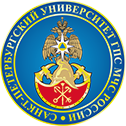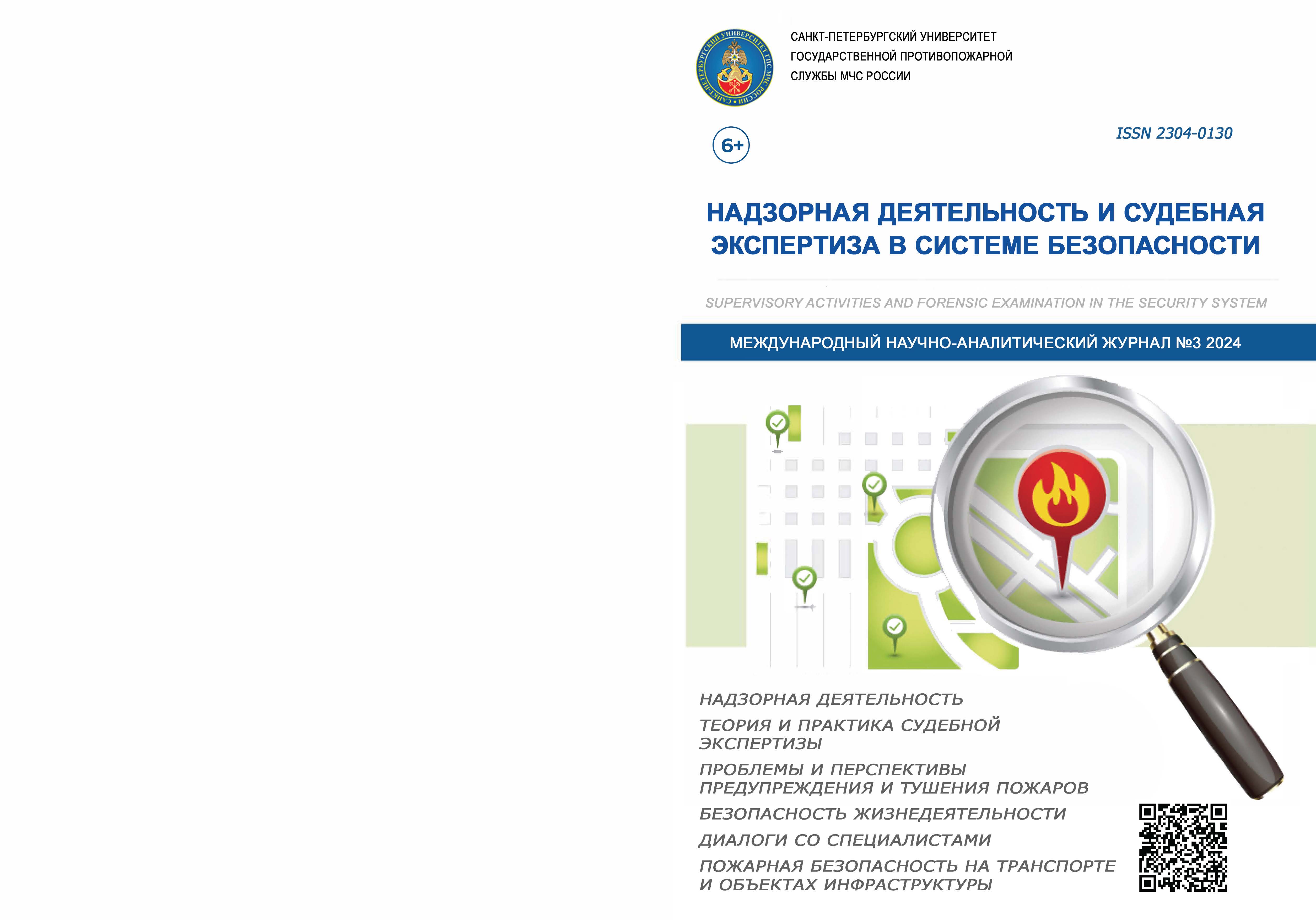Russian Federation
Russian Federation
Russian Federation
Using the example of a real fire that occurred as a result of violations of fire safety requirements during gas welding operations, it is demonstrated how the combined use of instrumental and computational methods makes it possible to determine the cause of the fire. The nature of combustible substances has been determined by fluorescence spectroscopy, gas-liquid chromatography and infrared spectroscopy. Using mathematical calculations, the amount of combustible substances necessary for the formation of an explosive mixture was determined. It is demonstrated how a combination of physical-chemical research methods and computational methods, allows for the determining the causal relationship between gas welding operations and the aforementioned explosion.
gas welding, instrumental research methods, gas-liquid chromatography, fluorescence spectroscopy, infrared spectroscopy, calculation methods, explosion, fire technical expertise
1. Cheshko I.D., Printseva M.Yu., Yatsenko L.A. Detection and determination of the composition of flammable and combustible liquids during arson: methodological manual. M.: VNIIPO, 2010. 90 p.
2. Alekseeva T.A., Teplitskaya T.A. Spectrofluorimetric methods for the analysis of aromatic hydrocarbons in natural and man-made environments. L.: Hydrometeoizdat, 1981. 216 p.
3. Cheshko I.D., Printseva M.Yu., Yatsenko L.A. Electronic database of chromatographic and spectral data on flammable liquids (means of arson) // Supervisory activities and forensic examination in the security system. 2015. № 2. P. 12–19.
4. Andreeva E.D., Cheshko I.D. The use of IR spectroscopy in the study of objects withdrawn from the fire site: method. manual. M.: VNIIPO, 2010. 91 p.
5. Tarasevich B.N. IR spectra of the main classes of organic compounds. Reference materials. Moscow: MSU, 2012. 54 p.
6. Silverstein R., Webster F., Kiml D. Spectrometric identification of organic compounds. M.: BINOM. Laboratory of Knowledge, 2011. 557 p.
7. Cross A. Introduction to practical infrared spectroscopy. Moscow: Izdatinlit, 1961. 110 p.
8. Cheshko I.D., Plotnikov V.G. Analysis of expert versions of fire origin: in 2 tomes. SPb.: LLC «Printing house «Beresta», 2010. Book 1. 708 p.
9. Baratov A.N., Korolchenko A.Ya. Fire and explosion hazard of substances and materials and means of extinguishing them: handbook: in 2 tomes. M.: As. «Pozhnauka», 2000. 709 p.
10. NFPA 921 Guide For Fire And Explosion Investigations, 2017. URL: https://www.nfpa.org/codes-and-standards/all-codes-and-standards/list-of-codes-and-standards/detail?code=921/ (reference date: 06.06.2024).
11. Explosive phenomena. Assessment and consequences: in 2 tomes. / W. Baker [et al.]. M.: Mir, 1986. Book 1. 319 p.
12. Fire Dynamics Simulator (FDS) and Smokeview (SMV). URL: pages.nist.gov/fds-smv/ (reference date: 06.06.2024).
13. Fire Dynamics and Smoke Control. URL: www.thunderheadeng.com/pyrosim/ (reference date: 06.06.2024).







